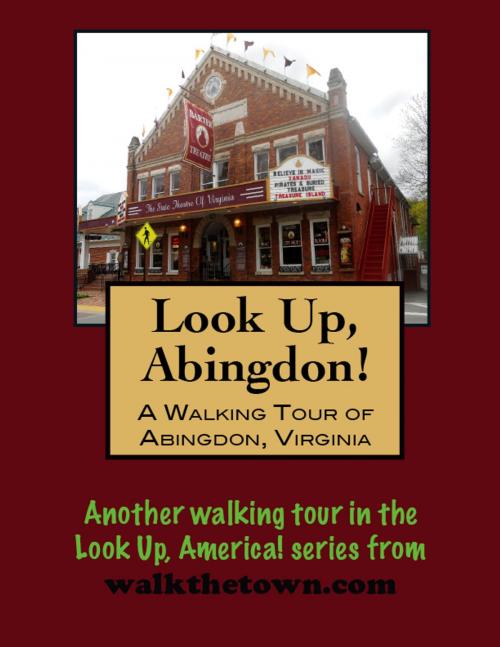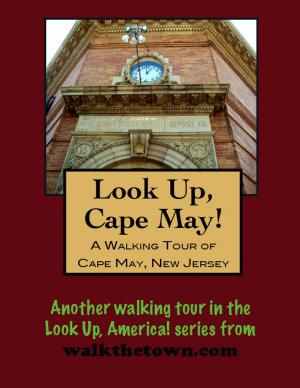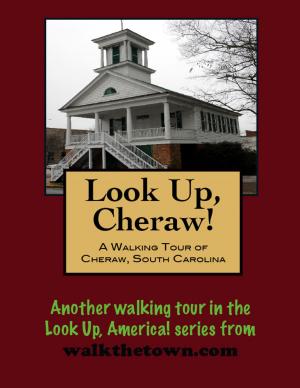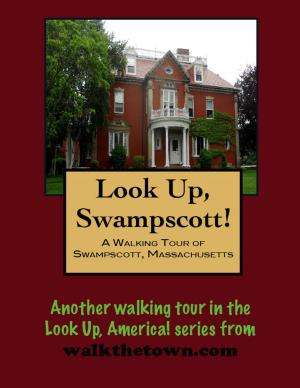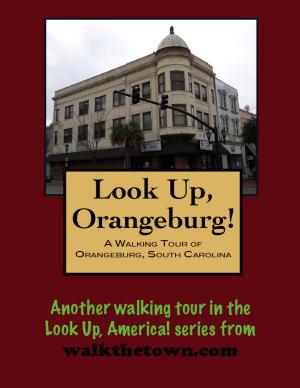| Author: | Doug Gelbert | ISBN: | 9781458007834 |
| Publisher: | Doug Gelbert | Publication: | May 7, 2011 |
| Imprint: | Smashwords Edition | Language: | English |
| Author: | Doug Gelbert |
| ISBN: | 9781458007834 |
| Publisher: | Doug Gelbert |
| Publication: | May 7, 2011 |
| Imprint: | Smashwords Edition |
| Language: | English |
There is no better way to see America than on foot. And there is no better way to appreciate what you are looking at than with a walking tour. Whether you are preparing for a road trip or just out to look at your own town in a new way, a downloadable walking tour is ready to explore when you are.
Each walking tour describes historical and architectural landmarks and provides pictures to help out when those pesky street addresses are missing. Every tour also includes a quick primer on identifying architectural styles seen on American streets.
Abingdon was founded in 1778 but the surrounding hills of southwestern Virginia would remain frontier for many years to come. Before so-called civilization arrived the area was called Wolf Hills, supposedly named by Daniel Boone after his hunting dogs were attacked by a pack of predatory lupines. The first encroachment on the wilderness here was a fort constructed by Joseph Black to give settlers refuge from attacks by the Cherokee.
When Washington County was formed in 1778 the site of Black's Fort was designated the county seat. On 120 acres donated from landowner Thomas Walker's tract the town was laid out. By 1793 Abingdon, perhaps named for the ancestral home of Martha Washington, was the distribution point for all mail that made its way into southwestern Virginia.
In the early 1800s the western outpost produced well more than its share of historical figures who would impact Virginia. There was John Cambpell who would serve as Secretary of the Treasury under Andrew Jackson, Joseph E. Johnston, who would become one of the leading generals of the Confederacy and three Virginia governors: Wyndham Robertson (1836-37), David Campbell (1837-41) and John Buchanan Floyd (1849-52).
The Virginia & Tennessee Railroad rolled into town in 1856, providing a link to the markets of eastern Virginia and Abingdon developed into a center for the shipping of tobacco and the construction of wagons. The Civil War came to Abingdon on December 14, 1864 when General George Stoneman marched 10,000 Federal troops through town burning the train depot and the wagon-shops and storehouses for Confederate supplies but otherwise left the town intact.
The result today is a 20-block Historic District peppered with outstanding examples of Federal architecture, including a handful constructed in the 1700s. Our explorations will begin at a structure that did not survive the Civil War, but not because of the hostilities between North and South - it was a personal thing...
There is no better way to see America than on foot. And there is no better way to appreciate what you are looking at than with a walking tour. Whether you are preparing for a road trip or just out to look at your own town in a new way, a downloadable walking tour is ready to explore when you are.
Each walking tour describes historical and architectural landmarks and provides pictures to help out when those pesky street addresses are missing. Every tour also includes a quick primer on identifying architectural styles seen on American streets.
Abingdon was founded in 1778 but the surrounding hills of southwestern Virginia would remain frontier for many years to come. Before so-called civilization arrived the area was called Wolf Hills, supposedly named by Daniel Boone after his hunting dogs were attacked by a pack of predatory lupines. The first encroachment on the wilderness here was a fort constructed by Joseph Black to give settlers refuge from attacks by the Cherokee.
When Washington County was formed in 1778 the site of Black's Fort was designated the county seat. On 120 acres donated from landowner Thomas Walker's tract the town was laid out. By 1793 Abingdon, perhaps named for the ancestral home of Martha Washington, was the distribution point for all mail that made its way into southwestern Virginia.
In the early 1800s the western outpost produced well more than its share of historical figures who would impact Virginia. There was John Cambpell who would serve as Secretary of the Treasury under Andrew Jackson, Joseph E. Johnston, who would become one of the leading generals of the Confederacy and three Virginia governors: Wyndham Robertson (1836-37), David Campbell (1837-41) and John Buchanan Floyd (1849-52).
The Virginia & Tennessee Railroad rolled into town in 1856, providing a link to the markets of eastern Virginia and Abingdon developed into a center for the shipping of tobacco and the construction of wagons. The Civil War came to Abingdon on December 14, 1864 when General George Stoneman marched 10,000 Federal troops through town burning the train depot and the wagon-shops and storehouses for Confederate supplies but otherwise left the town intact.
The result today is a 20-block Historic District peppered with outstanding examples of Federal architecture, including a handful constructed in the 1700s. Our explorations will begin at a structure that did not survive the Civil War, but not because of the hostilities between North and South - it was a personal thing...
